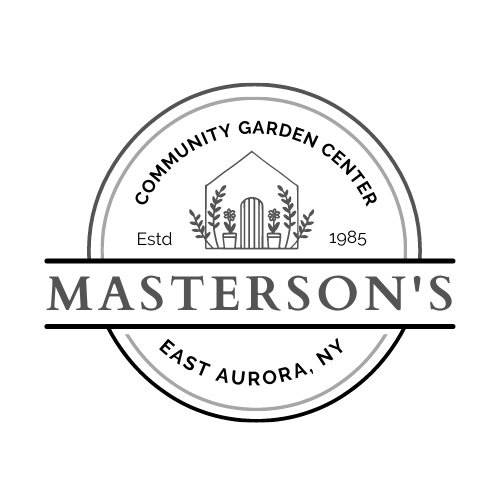Water Garden Construction Tips
- Locate your pond as close to your living space as possible
- Choose a location that receives adequate sunlight
- Dig one area 36”-48” deep (approx 40% of the pond)
- Always use sand and underlayment under your liner
- Calculate liner size byadding 2xdepth + length + 2; and 2xdepth + width + 2
example: a pond 3’deep, 10’long, 7’wide would require a liner 18’x 15’.
(2x3) +10+2=18(length), and (2x3) +7+2=15(width)
- Calculate gallons by multiplying length x width x depth x 7.5
In the example above, assuming an average depth of 24”, the calculation is
7’x 10’x 2’x 7.5 = 1050 gallons. (7.5 gal/cuft.) NOTE: using a flow meter the first time you fill your pond will give you an exact volume. Knowing the total volume of your pond is important for filtration and circulation, as well as both water and fish treatments.
- It is generally not good to line the bottom of your pond with gravel
- Use a pump that will circulate your water minimally every 1-2 hours
- Choose an energy efficient pump to conserve on electricity cost
- Install both mechanical and biological filtration
- Choose plants from all four categories: floating, oxygenating, deep water and marginal.
- Use enough plants to cover 50-60% of the surface by early summer
- Seal waterfall spill stones and streambed rocks with expandable black landscape foam
Water Quality Tips:
- Add beneficial bacteria regularly to keep your system clean and healthy
- Clean mechanical filters whenever the pump flow rate slows down
- Clean bio-filters only if necessary and use pond water, not tap water
- Aeration is critical to the health of your pond and aquatic life
- Run your filtration pump 24/7
- Keep bottom of pond free of accumulated debris
- If using an ultraviolet clarifier, replace the bulb after 12 months of use
- Do not over stock your pond
- Do not over feed your fish (feed only what they will eat within about 5 minutes)
- Feed your fish only good quality, fresh food
- Do not feed when water temperature is below 50F
- Test water quality regularly (pH, ammonia, nitrite)
- Maintain a vent hole in the ice on your pond throughout the winter months



